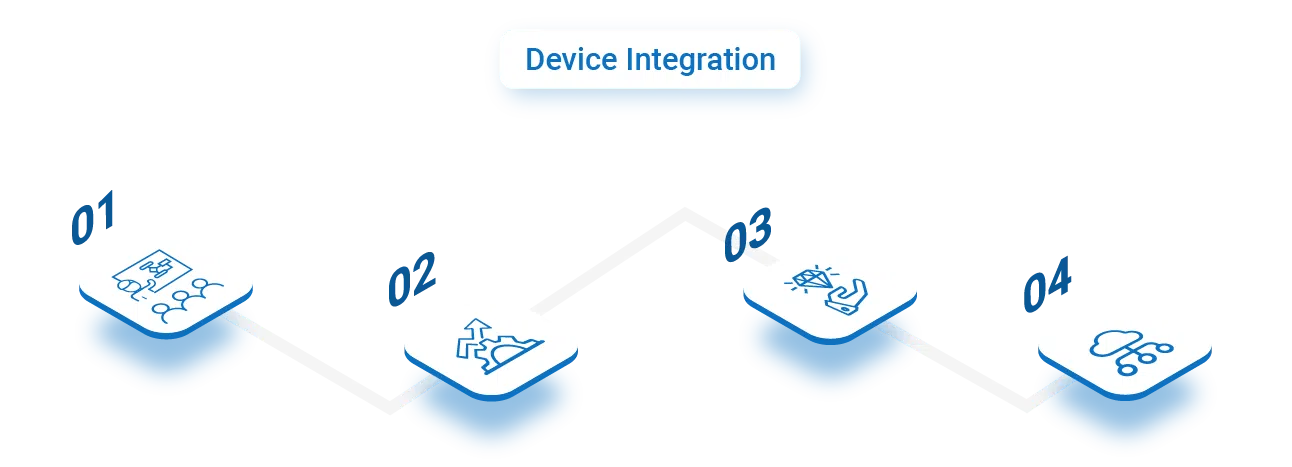Introduction
FDI
FDT/DTM
EDDL
Why Device Integration is required for Industries?
Thanks to device integration solutions and technologies, industries no longer have to worry about managing devices or how the different device interfaces will connect and communicate. With device integration technologies, plants can now take control of their devices from the comfort of a control room and conveniently receive centralized access to all device data. These technologies help protect your investment and help reduce costs through effective operation and management of simple to complex devices.

Device Integration Solutions Provided by Utthunga

EDDL Offerings
- EDD Development (HART, FF, ISA100, PROFINET and PROFIBUS)
- Legacy DD conversion & Maintenance
- DD to FDI Migration
- EDDL Certification, Workshop & Consultation
FDT/DTM Offerings
- FDT/DTM Host Consultation & Development
- FDT Test & Certification Support
- Device DTM, Communication DTM & Gateway DTM
- Migration of DTM to FDI UIP
- FITS (FDT 3.0) Consultation Support
- OPC support for FDT Host
- Automation Test Framework for FDT components
- Mobile Based Development and Support
FDI Offerings
- FDI Android/Linux CHC SDK
- FDI Host/Asset Management
- FDI Communication Server Development
- FDI Package Development & Maintenance
- FDI UIP Development
- FDI Certification, Workshop & Consultation
Automation Host Systems
- Industrial Control System – Controller, IO Modules, HMI Development.
- Protocol support for Control systems – HART, FF, EtherNet/IP, DeviceNet, PROFINET, etc.
- DD/FDT/FDI Host Support for HART, FF, PROFIBUS, EtherNet/IP, proprietary protocols.
- Handheld host, configurator, calibrator support.
Why Choose Utthunga for Device Integration Solutions?
We offer comprehensive consulting and provide you with state-of-the-art tools and services required to develop your device integration solutions that addresses your unique needs to bring products to market faster, with higher quality and stronger security.
Device integration technologies like EDDL, DTM and FDI allow consistent parametrization, configuration, commissioning, calibration, diagnosis, and maintenance of field devices. Although, most of the functionalities offered by these standards overlap, still the vendors are recommended to invest in all of these technologies to support various FDT/DD/FDI Hosts. Utthunga address this problem for device vendors by offering a comprehensive, robust and cost-effective conversion tools called uFDI-DTM and uDD-DTM.
The tools take DD/FDI Device Package as input and convert into FDT 1.2/2.0 Device DTM.
FAQs
1. Which Device integration tool are you using?
2. Is there any technical support you provide for device integration?
3. How does FDI work?
The FDI device packages may also contain:
- User interface plug-ins,
- Software components that support advanced device setup,
- Diagnostic functions,
- Product manuals,
- Documentation,
- Images,
- Electronic certifications.
